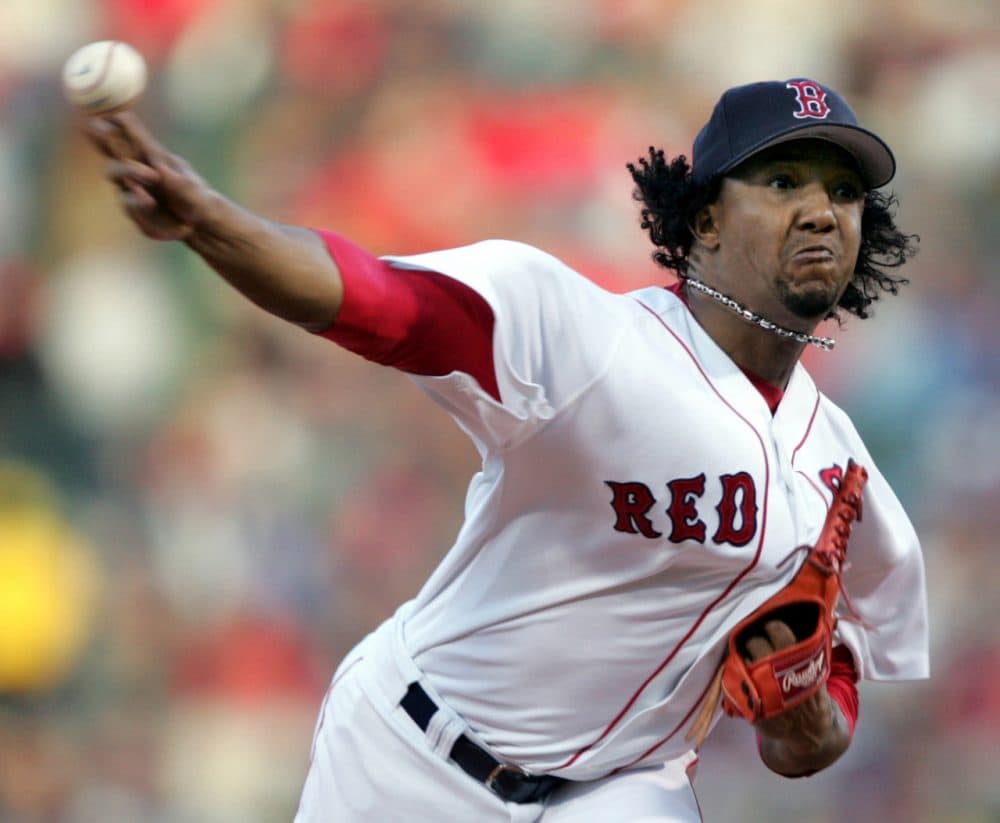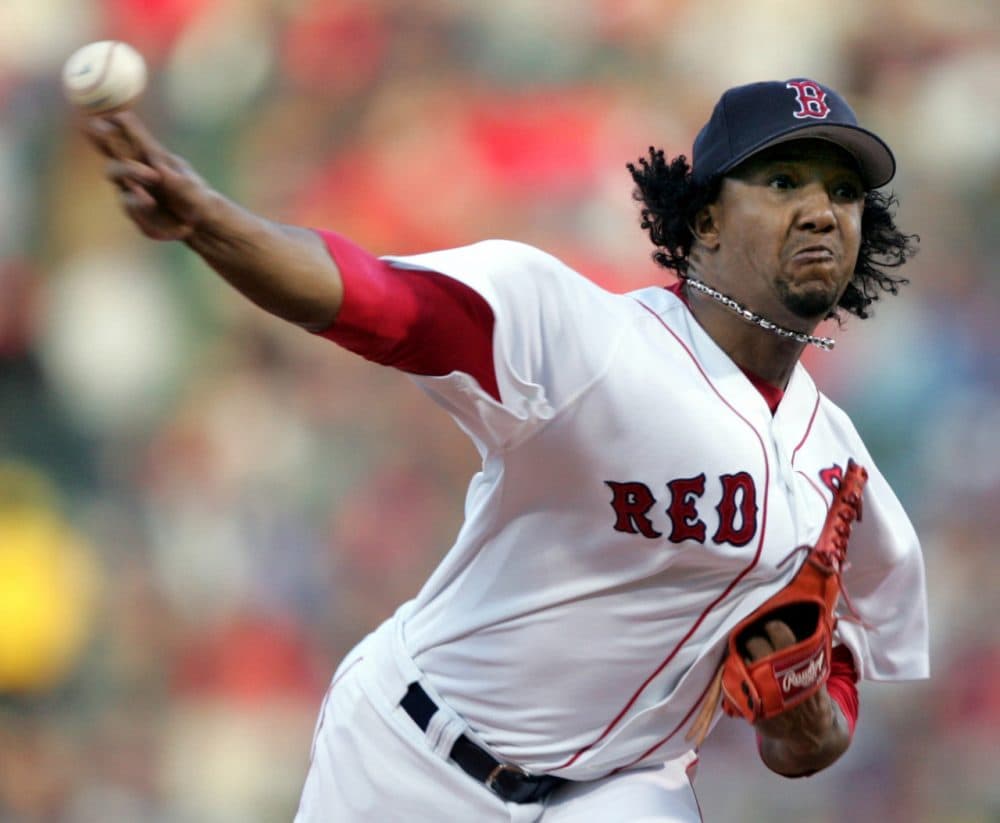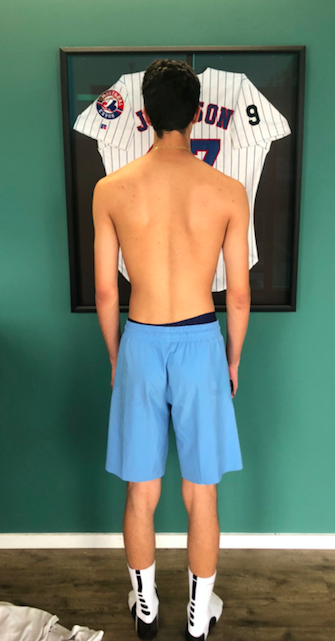Why Assessing Resting Posture Matters For Pitchers

Preface: It matters for all athletes! The same principles I outline can be applied to all athletic populations, not just throwers.
For some reason, assessing resting posture has started to be overlooked a little in our industry. Now, it's certainly true that the best posture is one that's constantly changing. It's also true that if you were to look at posture, and nothing else, you would end up with a lot of false assumptions.
However, it's still very important! Why?
We need to know the athlete's starting point! How can you gather an accurate picture of how they're moving without knowing if they're at the starting line? From there we can answer two key questions in our assessment: can they can get from A to B? and how do they get there?

Simply put, good alignment allows for good movement.
Posture is the interaction of function and structure. It's important to note that structure varies greatly across populations, both due to genetics and adaptation.
In terms of function, throwing a baseball is going to lead to some asymmetry. This is an example of a positive adaptation which allows the body to perform a specific movement more efficiently.
For example, throwers will have much more glenohumeral external rotation on their dominant side. Consequently, they'll have less internal rotation. For a long time, this was viewed as a bad thing, but without that range of motion you wouldn't have a hope of throwing extremely hard.
However, too much of a good thing... is no longer a good thing. The same holds true with adaptation leading to changes in posture.
Let's get more general for just a second. When performing an assessment on an any athlete, the most important principle is this: Your assessment needs to be descriptive, not prescriptive. In other words, we are just gathering information. Don't start drawing conclusions until you have gained a clear view of the entire picture
When it comes to working with throwers, there's a few things I am looking for when it comes to their resting posture. Do they have excessive lordosis/kyphosis? Are their shoulders dumped excessively forward? Do they have (and how pronounced is it) left AIC pattern?
Perhaps most importantly, I want to see: their resting clavicular angle, and where their scapula is sitting. We know we need x amount of scapular (and clavicular) upward rotation when we go up over head in order to allow the head of the humerus (ball) to stay central in the glenoid fossa (socket).
If their scapula starts in depression and/or downward rotation they can actually get enough total movement but they won't get where they need to be. They started the race behind the starting line! This is why assessing resting posture matters.

A couple of random notes, specific to assessing the scapula:
- If it doesn't look right, it probably isn't right
- The medial border should be roughly 3" from the spine. You'll see throwers who are excessively adducted, and excessively abducted.
- Prominent medial border rarely is true scapula winging (but still check). It's abundantly more likely it's a lack of good convex/concave relationship between the shoulder blade and the thoracic spine
- Left to right balance is vital, but so is top to bottom. I check the clavicle angle for this (generally we want 30 deg. of upslope)
- Lastly, resting posture is giving you clues of what rabbit holes to go down further. You're gathering as much information as possible in order to inform you to write the best program (and implement it) you can to help the athlete
The best posture is one that's dynamic, allowing you to move how you want to. In order to do so, it's crucial to start in the right place!
